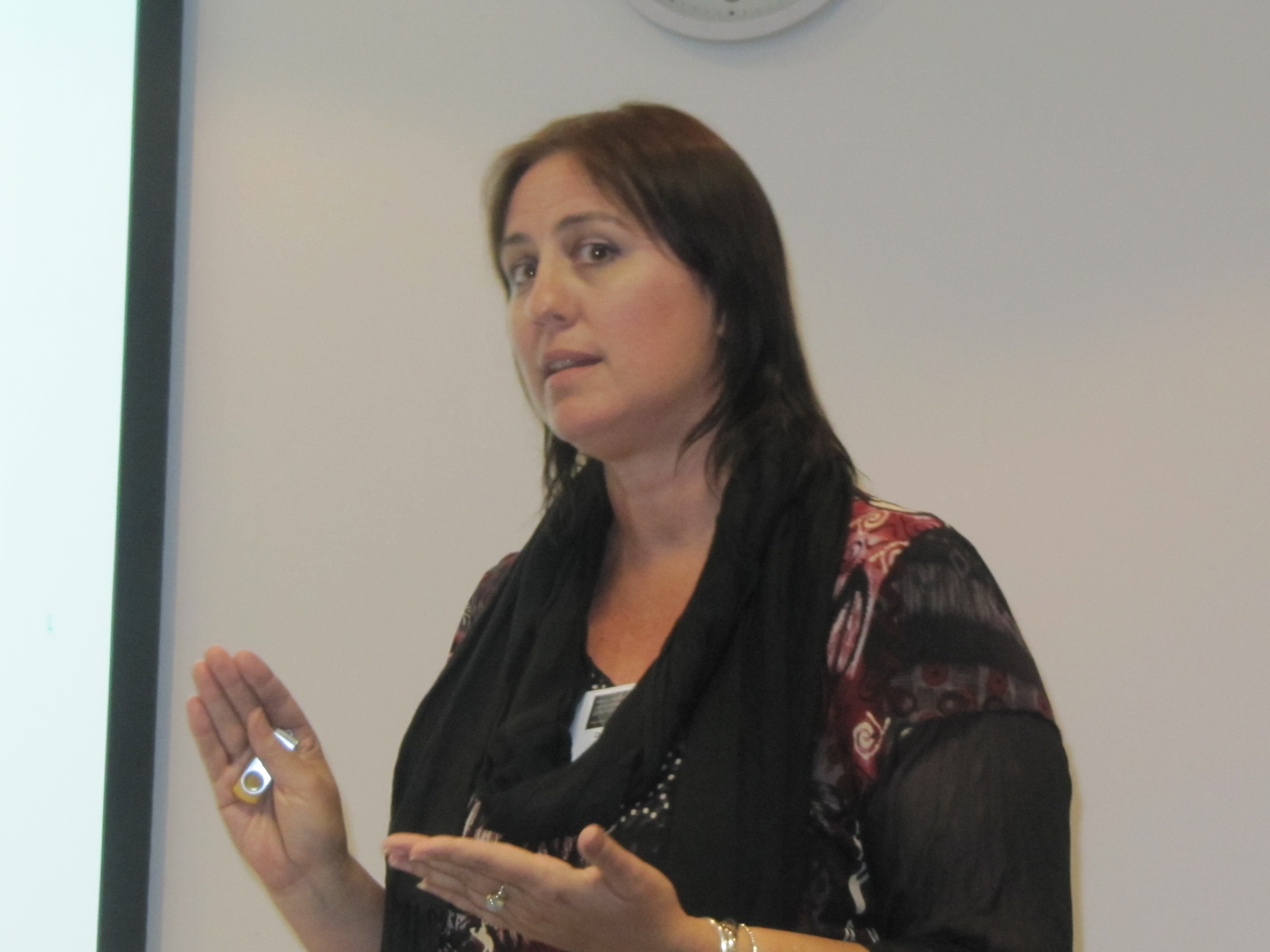
Rose Rees-Owen
A pioneer of "research journalism" has introduced the idea to the Media, Investigative Journalism and Technology Conference at AUT University.
Dr Kayt Davies, senior journalism lecturer at Edith Cowan University, said journalism’s credibility had been on a downward spiral in recent years and called for academic research as a new focus.
“Let’s start doing journalism of the quality that is on par with the other research that has been done and published,” said Dr Davies.
“Because people want to work as journalists, universities have started to train people to teach journalists but there’s a history of why journalism isn’t considered as research.
“This is about rethinking that. It’s about rethinking the power that we have, and whether or not it is possible to start doing things in a different way.”
Dr Davies argued that journalism as an area of study should be closer aligned to history and law, rather than social studies. However, despite the move to become more academic, she said it wouldn’t threaten journalism’s style.
“The basic core skill is still journalism,” she said.
Crikey! example
Dr Davies gave as an example her 6000-word piece entitled "A journalistic study of Narrogin's feuding families", which Australian online site Crikey! ran in a series of articles in late March and early April this year.
Dr Davies noticed that mainstream media coverage of the Narrogin shootings in Western Australia in November 2009 was severely lacking.
So she booked a room for a week and travelled there.
On her new website, Research Journalism, the article is published in full. It reads stylistically like journalism with one exception: it is filled with footnotes.
The footnotes define where her information came from, and where possible, link to the direct transcript, or document.
As part of her vision of how research journalism will work, Dr Davies said parallel publishing, as was the case with her Narrogin shootings investigation, would be the norm and each would link to the other.
“What we are building now will become the new norm,” she said.
Peer review
Dr Davies proposed that for an article to be considered research journalism, it needed to be put through a blind-peer review process.
“It’s a way of getting help from some of your professional colleagues to really sure up the quality of what you’re doing,” she said.
In Dr Davies’ model, three peer-reviewers would be selected, unknown to the author of the article, from the editorial board and advisory board of the Research Journalism journal.
The reviewers would include both academics and professionals. Dr Davies mentioned John Owen, acting executive producer of Programmes for the Americas for Al Jazeera as an example of a peer reviewer from the industry.
Dr Davies’ journal and the concept of journalism as research are still in development, and she encouraged collaboration.
“This is a new Idea,” said Davies.
“It’s something that is not really happening at the moment. It could happen.
“If it’s going to happen it’s going to be something that we do together.”



